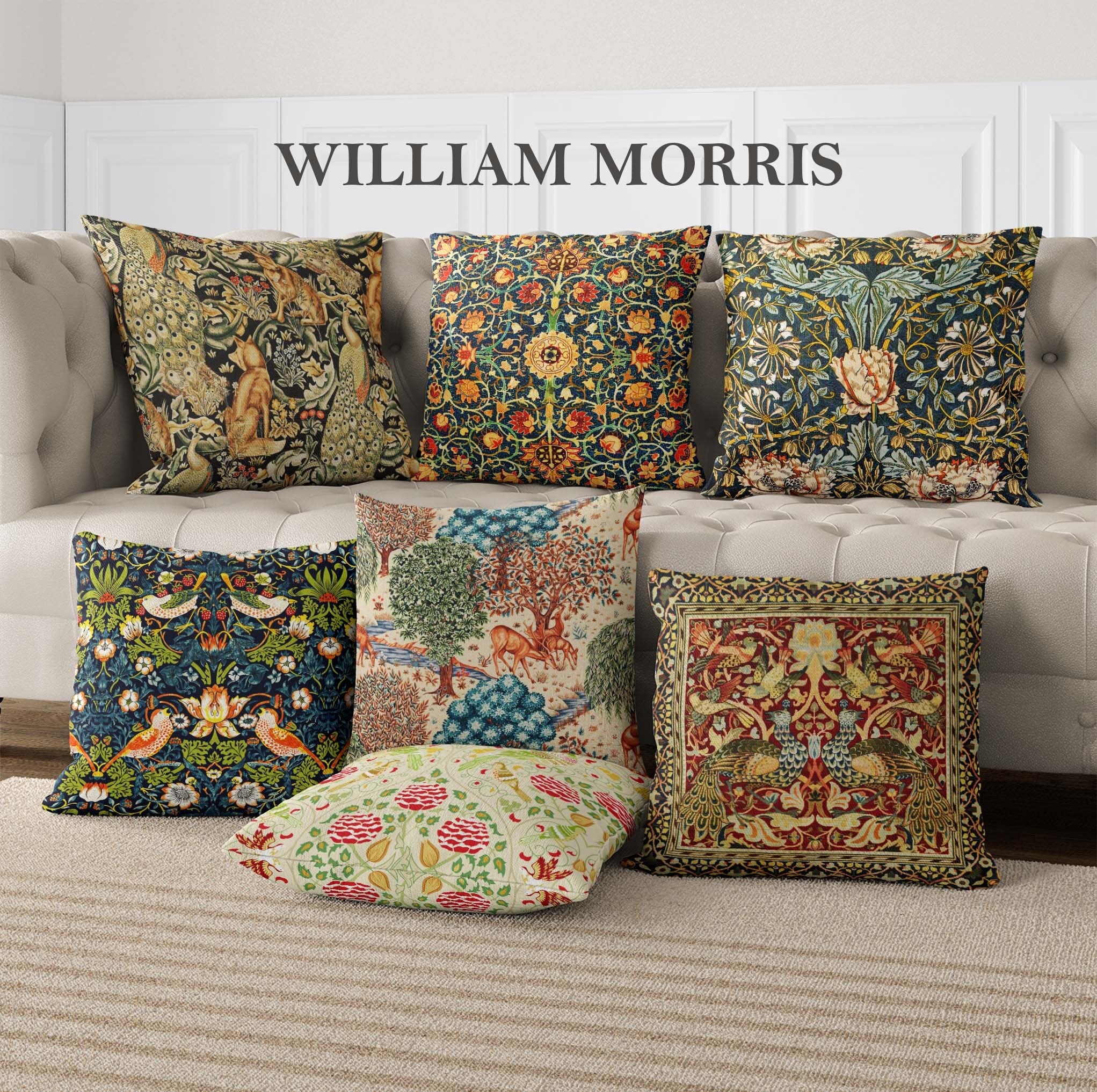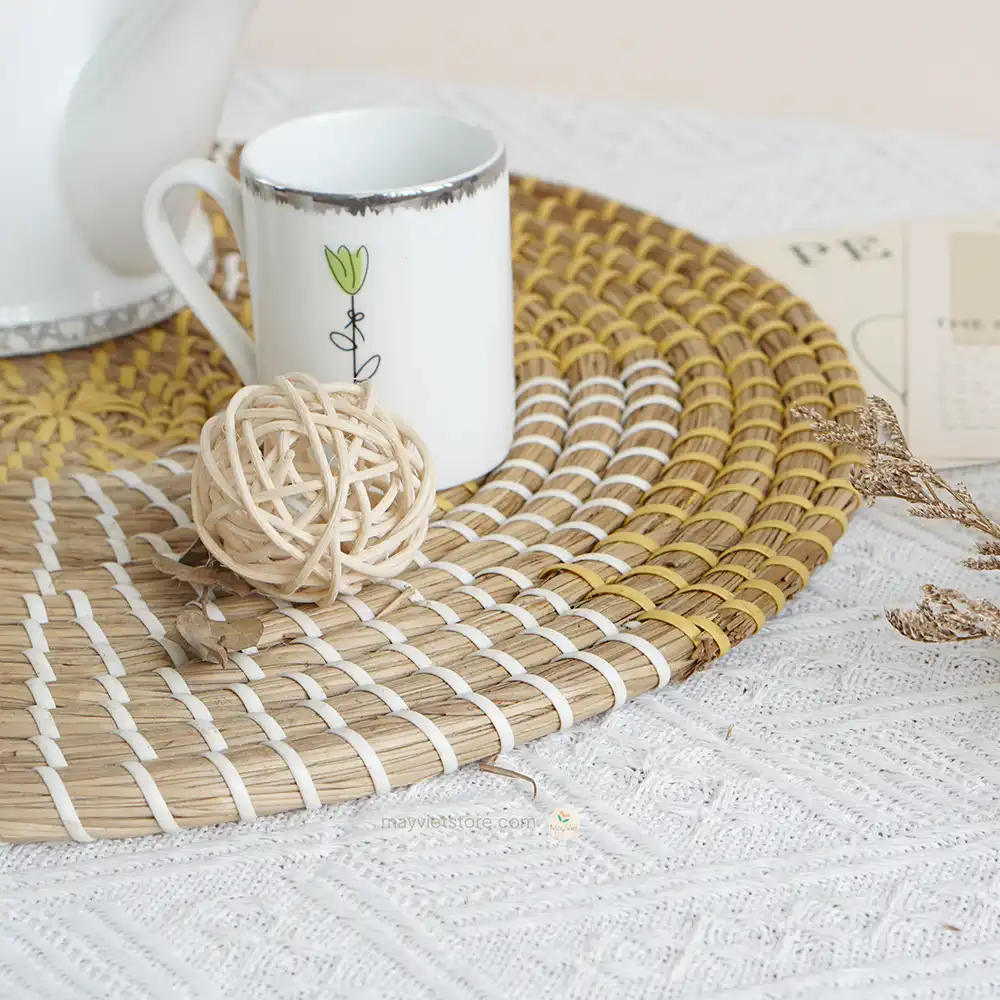About Top News Sites
About Top News Sites
Blog Article
The Basic Principles Of Unique Art
Table of Contents4 Simple Techniques For Unique ArtThe Ultimate Guide To Unique ArtGetting My Unique Art To WorkUnknown Facts About Unique Art
While one might question which art kind holds precedence, the truth continues to be that each of these seven types gives a distinct home window right into human history, society, and advancement. They are the tapestries that chronicle our trip, reminding us of our past while inspiring visions for the future.Fantastic artwork narrates, makes people look twice, and develops an one-of-a-kind experience that can not be matched. Art and pictures communicate every one of that via color, form and various other layout elements. Find out just how to make your distinct artwork attract attention from the group.
3 Emil DervishIn this entryway by Emil Dervish that gorgeous cobalt blue door takes the program. To bring even much more dramatization, he extended the paint. to the doorframe and the wall up, finishing in a curved shape. The curves, in addition to a round sconce, soften the edges - Unique Art. Frameworks classic posters and maps of beloved places established the scene.
8 TRIA GIOVANEqual components grand and laidback, this entrance hall made by Anthony Baratta is the best plan to follow if you're decorating an official entryway that still really feels unfussy and comfy. Patterned fabrics take spotlight (see the carpetings and the sofa), but they also assist bring the high ceilings to a human scale when hung over wallpaper.
The 6-Second Trick For Unique Art
18 Heidi Caillier DesignA gallery wall doesn't need to take up the entire area. Often a little one can make a bigger style declaration. In this living room, Hiedi Caillier chose for micro-mini structures and a random structure.
The elements of this languageits shapes, lines, colours, tones, and texturesare made use of in various ways to produce sensations of volume, area, activity, and light on a flat surface. These components are incorporated into expressive patterns in order to stand for real or supernatural phenomena, to translate a narrative motif, or to create completely abstract aesthetic connections.
Later the notion of the "fine musician" developed in Asia and Renaissance Europe. Throughout the 19th century painters in Western cultures began to shed their social setting and safe patronage.
The Greatest Guide To Unique Art
Others gained a revenue via visiting exhibitions of their job. The requirement to attract a market had changed the similar (if less impersonal) needs of patronage, and its impact on the art itself was probably comparable too. Unique Art. Normally, artists in the 20th century could get to an audience just through business galleries and public galleries, although their work may have been periodically replicated in art periodicals
For a conversation of the imitation of masterpieces, see imitation. For a discussion of the function of paint and other arts in faith, in addition to of the usage of spiritual icons in art, see religious significance and iconography. For details on other arts connected to paint, see short articles such as attracting; individual art; printmaking. , even when a painting's narrative symbolism is obscure.
Do not replicate the design of various other musicians if you're attempting to find your style. Copying other individuals's artwork can be wonderful in instructional objectives yet it will certainly not make you closer to locating your very own special style. Your creative design needs to be, what you like and what inspires you.

Fascination About Unique Art
You need to try great deals of various alternatives and explore whatever prior to you can concentrate on one specific design or look here you'll be burnt out, or worse, you'll despise your very own style. So I recommend you to try every single subject that you want, explore as high as you can. Attempt different tools that excite you and new strategies you've never ever attempted prior to.
With time you'll have the ability to arrange every one of them into your favored and least favorite classifications. Attempt to concentrate your focus on the topics and tools that you like and before you see it coming you'll have your own individual and special design, like no one else have! In the end you'll have a couple of favored subjects to paint and possibly a couple of preferred mediums.

Report this page